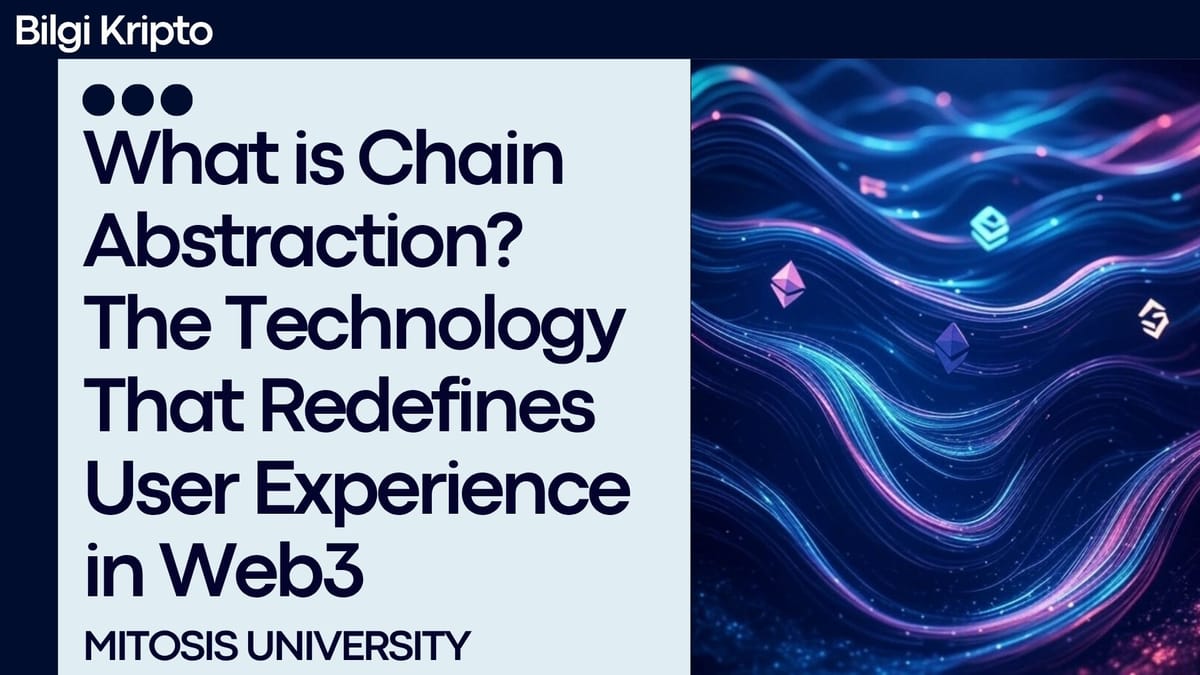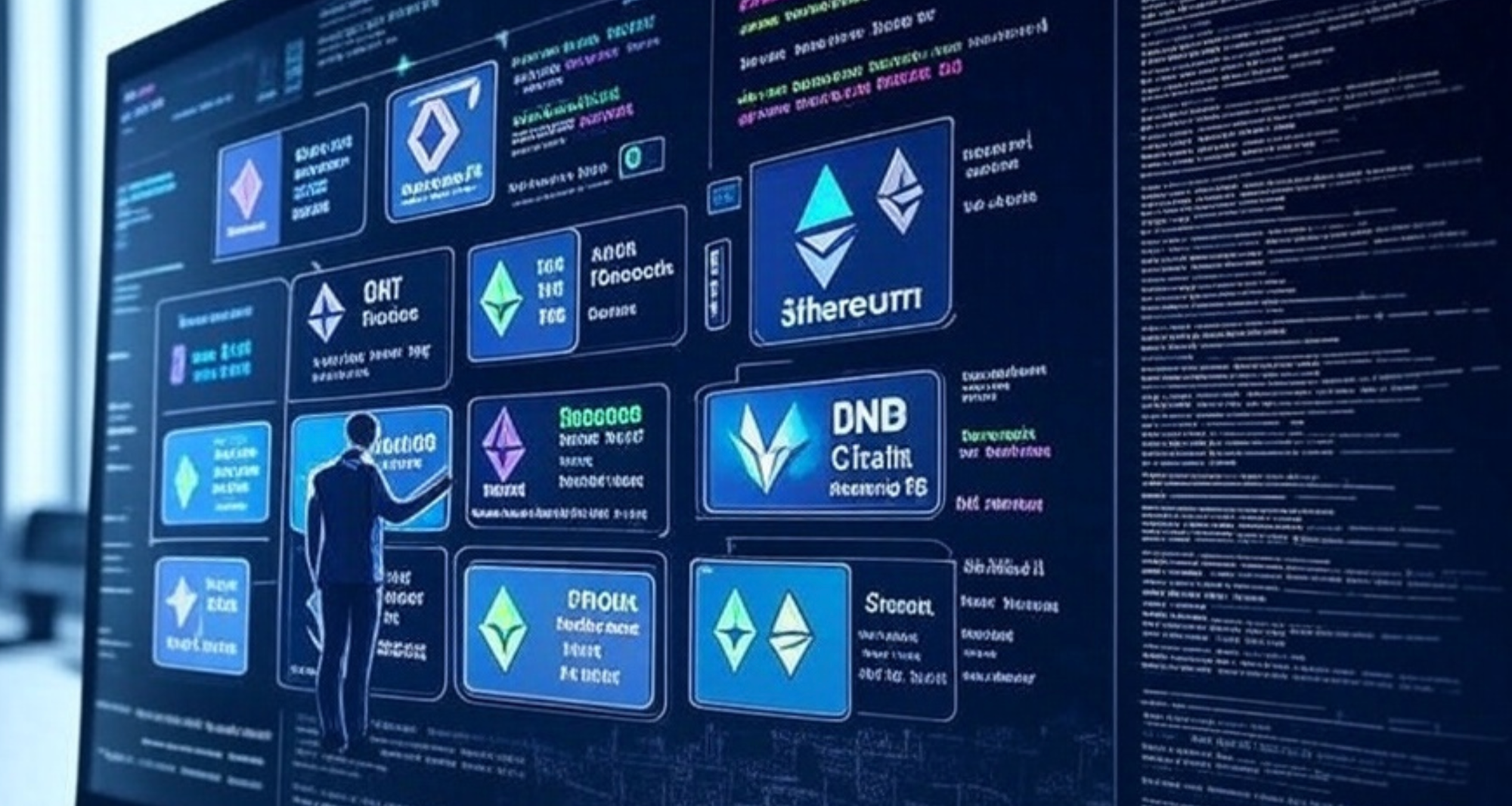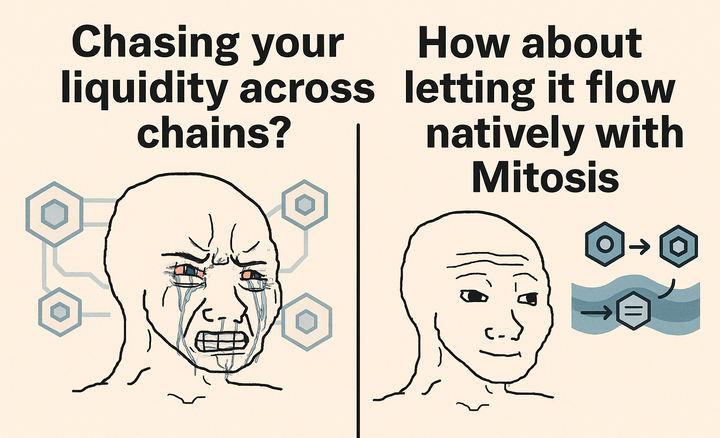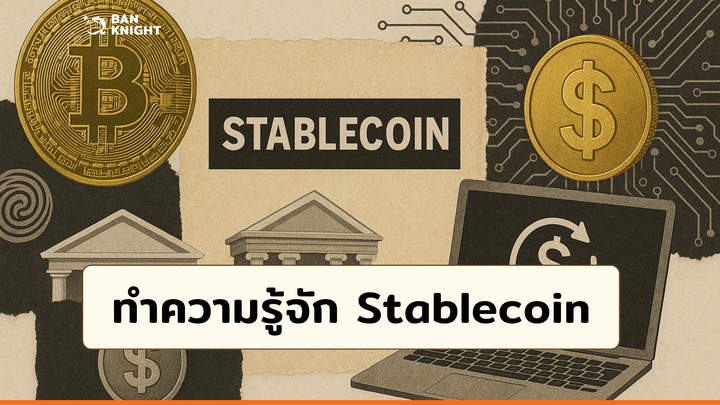What is Chain Abstraction? The Technology That Redefines User Experience in Web3

Although blockchain technologies have rapidly advanced in recent years, the user experience still remains complex and confusing for many. Network switching, wallet integrations, varying transaction fees, and cross-chain incompatibilities are among the biggest obstacles to mass adoption. This is where chain abstraction comes into play.
In this article, we’ll explore what chain abstraction is, how it works, its advantages, challenges, and the role it could play in the future of Web3.
What is Chain Abstraction?
Chain abstraction is an approach designed to simplify how users interact with blockchain technology. It enables users to perform transactions without knowing which network they are using in other words, technical details are abstracted away. Just as we don't need to understand TCP/IP protocols to use the internet, chain abstraction makes blockchain usage seamless and intuitive.
The core goal is to offer a unified experience by hiding network switches, transaction fees, and wallet configurations from the user.
Why is Chain Abstraction Necessary?
The current Web3 landscape includes multiple chains: Ethereum, BNB Chain, Solana, Avalanche, Polygon, and many more. Each comes with its own transaction model, token standard, and infrastructure. This results in a steep learning curve and significant technical hurdles for both users and developers.
For instance, after minting an NFT on Ethereum, if a user wants to interact with a DeFi platform on Solana, they may need to:
- Use a different wallet
- Perform a token swap
- Pay separate transaction fees
- Navigate a completely different interface and experience
Chain abstraction simplifies this complex structure. As the user interacts through a single application, network transitions and background processes are managed automatically. This makes the Web3 experience as intuitive as Web2 applications.

How Does Chain Abstraction Work?
Chain abstraction operates by introducing a backend layer that connects different blockchains. This layer allows:
- Wallet integration to work independently of chains
- Transaction fees to be optimized automatically
- Network switching to be invisible to the user
- Smart contracts to support cross-chain interactions
An Example Scenario
Zeynep wants to purchase items from stores on a Web3-based shopping app that operates on both the Polygon and Arbitrum networks. Thanks to the app, she completes her purchases without needing to switch between networks. She doesn’t see which transaction occurred on which chain or which token was used. The app manages everything in the background.
This experience is a clear example of the user-friendly design enabled by chain abstraction.
Key Benefits of Chain Abstraction
1. Smoother User Experience
Most Web3 users lack technical knowledge. Chain abstraction provides simplicity, making it easier for broader audiences to engage with Web3.
2. Flexibility for DApp Developers
Developers can distribute different components of their applications across different chains to optimize performance, scalability, and cost. For example:
- Move high-volume transactions to scalable networks like zkSync
- Mint NFTs on low-cost chains
- Host core application contracts on more secure chains
3. Cross-Chain Liquidity Access
In traditional blockchains, liquidity is often siloed within a single network. Chain abstraction allows assets across chains to be managed in one application, giving both users and platforms access to deeper liquidity pools.
4. Cost Optimization
With systems that automatically optimize transaction routes, users can interact at lower costs. Executing transactions through the most economical network leads to meaningful savings.

Challenges of Chain Abstraction
1. Centralization Concerns
Conducting all cross-chain interactions through a single interface or provider can create a "single point of failure." If the system breaks, many users and transactions are impacted. Thus, developing decentralized chain abstraction solutions is critical.
2. Security Compliance
Each blockchain has its own unique security protocols. Integrating these within a single platform requires serious engineering effort. If chain abstraction is poorly implemented, new vulnerabilities may arise for both users and DApps.
3. Technological Incompatibility
Blockchains use different programming languages, virtual machines (VMs), and consensus mechanisms. This makes cross-chain compatibility difficult to achieve. For example, a contract written for Ethereum cannot directly integrate with Solana. These technical disparities are among the biggest engineering challenges of chain abstraction.
Common Misconceptions About Chain Abstraction
“Chain abstraction merges all blockchains into one”
False. Chain abstraction does not merge chains; it acts as a hidden bridge between them. Each chain retains its own independent structure.
“It only facilitates token transfers between chains”
Incorrect. Chain abstraction goes beyond token transfers. It also supports DApp usage, smart contract deployment, and reading/writing data across chains.
The Future of Chain Abstraction
One of the biggest barriers to mass adoption of Web3 is the user experience. Chain abstraction is one of the most promising technologies to eliminate this barrier.
In the coming years, we can expect to see:
- Wider adoption of wallets that support chain abstraction
- Development of integrated chain abstraction SDKs
- Growth in chain abstraction-powered games, social media platforms, and DeFi applications
Thanks to these advancements, individuals will be able to interact freely with blockchain systems without ever needing to understand the underlying technology.
Conclusion
Chain abstraction is one of the most critical building blocks shaping the future of Web3. Designed to deliver a user-friendly, scalable, and cross-chain compatible experience, it simplifies development, improves access to liquidity, and removes technical barriers.
Of course, challenges like security, centralization, and technical incompatibility still need to be addressed. However, when implemented properly, chain abstraction can make the blockchain world significantly more accessible for both developers and users



Comments ()